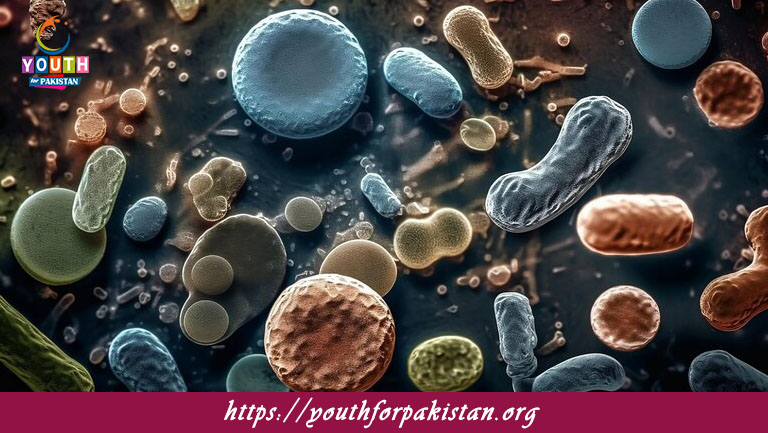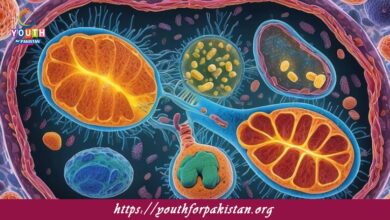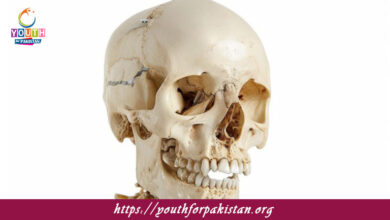Prokaryotes (Kingdom Monera) MDCAT Quiz with Answers

Prokaryotes (Kingdom Monera) MDCAT Quiz; Prokaryotes, placed under Kingdom Monera, are unicellular without a well-defined nucleus and membrane-bound organelles. It comprises bacteria and archaea—organisms very vital for understanding the diversity of life and biological processes. MDCAT students need to understand characteristics of prokaryotic cells and their role in ecosystems, which is crucial for the exam. The MDCAT Quiz on prokaryotes will test your knowledge of their structure, function, and ecological significance.
Characteristics of Prokaryotic Cells
Prokaryotic cells are simple in structure, lacking a nucleus and other membrane-bound organelles found in eukaryotic cells. Instead, the genetic material of prokaryotes is localized in an area within the cell known as the nucleoid. They contain a cell membrane, cytoplasm, and ribosomes to carry out protein synthesis; however, they do not contain mitochondria or chloroplasts. Prokaryotes reproduce asexually by means of binary fission, whereby a single cell divides into two identical daughter cells. The MDCAT Quiz will enable one to understand the differences between prokaryotes and eukaryotes and also learn about the structure of bacterial cells, which is very important for the exam.
Types and Ecological Roles of Prokaryotes
The prokaryotes are divided into two domains: bacteria and archaea. Bacteria are more numerous and perform very diverse functions, including nitrogen fixation, decomposition, and, in some cases, causing diseases. Archaea are similar in appearance to bacteria but are mainly found in extreme conditions, such as hot springs and salt lakes. Prokaryotes also take part in different biochemical cycles, promoting ecosystem stability. A Free Flashcard on prokaryotic types and their ecological roles can help you memorize important facts in no time and make you better prepared for the MDCAT exam.
Quiz on Prokaryotes and Kingdom Monera
Taking a MDCAT Quiz focused on prokaryotes will help you test your understanding of their structure, reproduction, and ecological roles. The quiz will include questions on the classification of prokaryotes, their unique characteristics, and how they interact with the environment. You can also use Free Flashcards to quickly review the most important facts and concepts, reinforcing your knowledge for the MDCAT exam.
Experience the real exam environment with our expertly designed collection of over 25,000 MCQs MDCAT Mock Tests.






